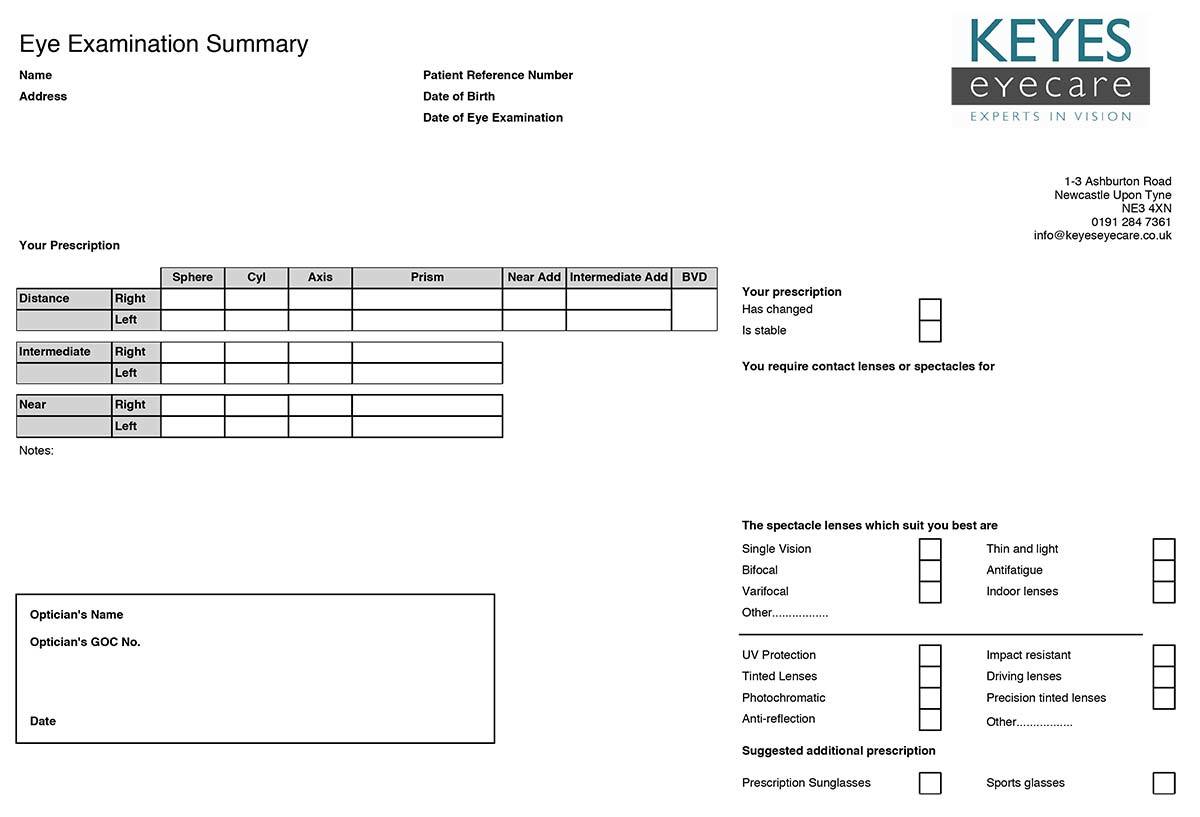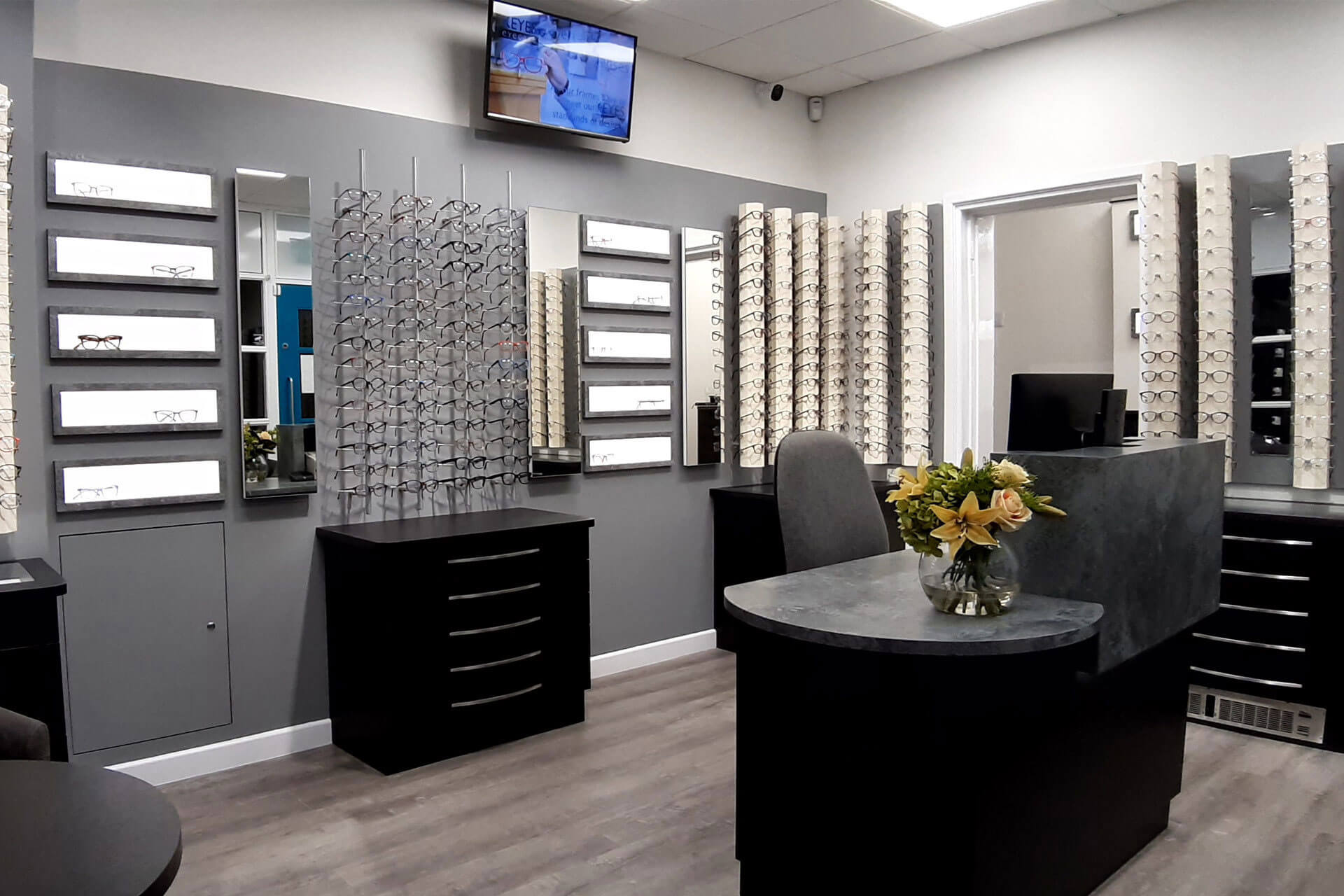



When the optometrist gives you a copy of your prescription at the end of your eye examination, the dispensing optician or dispensing assistant will convert this information into the correct glasses for you.
There are a number of terms we use as opticians to describe the lens power you are needing. I hope this summary is helpful, but we are always here to explain your prescription to you.
Sph (sphere) indicates how long-sighted or short-sighted you are. This number will be positive (+) if you are long-sighted and negative (-) if you are short-sighted. The larger the number, the stronger your lens.
Cyl (cylinder) indicates how much astigmatism correction is needed in your lenses. Astigmatism distorts both your near and distance vision. It is the result of your eye being shaped more like a rugby ball than a football.
Axis indicates the direction of the lens power that corrects your astigmatism.
Prism bends light and is needed when the eyes aren't working together well as a pair, causing eyestrain or double vision.
Add (reading addition) refers to the additional magnifying power needed for close work in addition to any distance prescription you may need. The reading addition may be different for near tasks and intermediate tasks and is used for reading glasses or for the bottom part of a varifocal or bifocal lens for close work.
